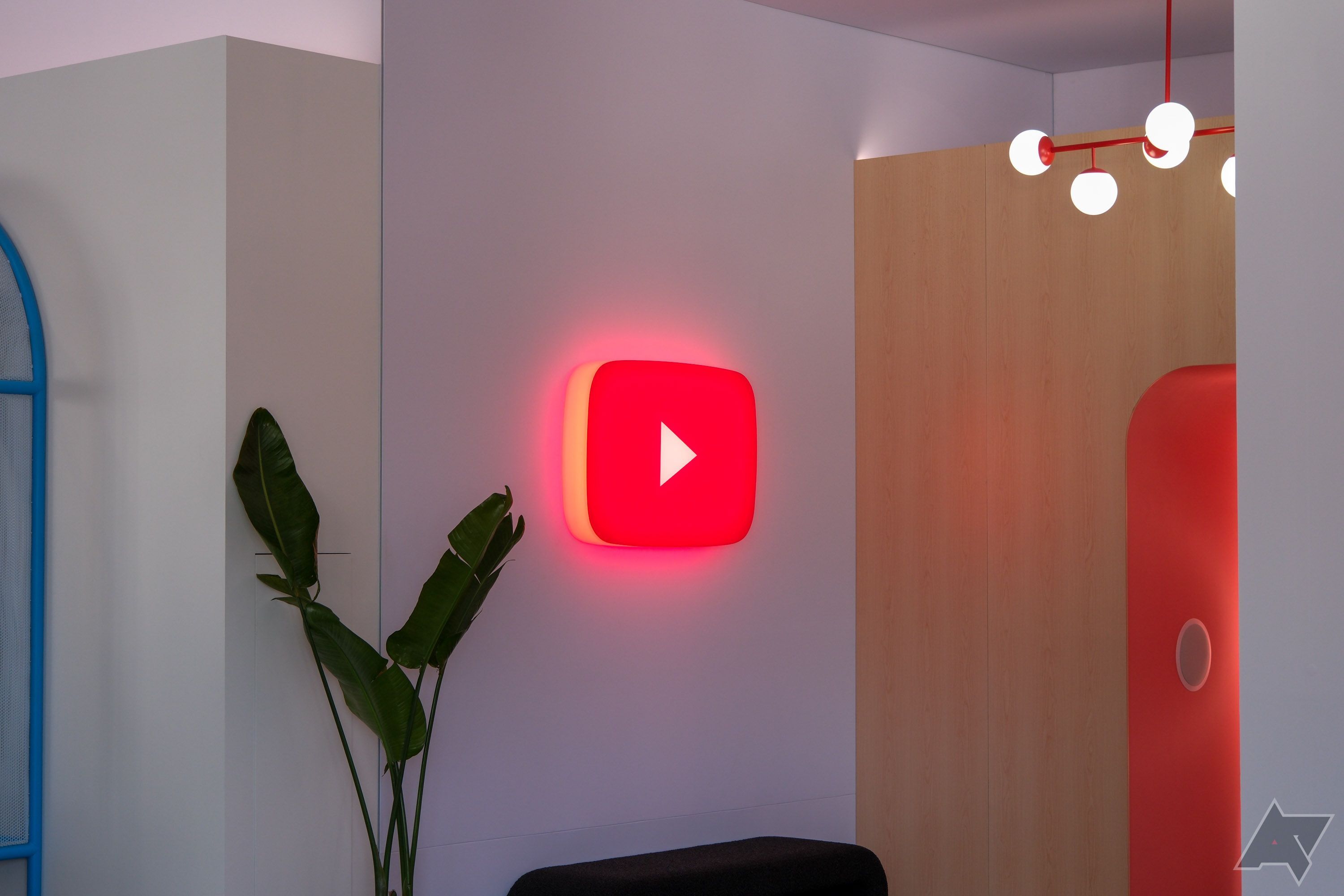- cross-posted to:
- technology@lemmy.zip
- cross-posted to:
- technology@lemmy.zip
Arif Dikici, who is a part of the Android Video and Image Codecs team at Google, recently announced on LinkedIn that Android will now use an AV1 decoder known as “libdav1d,” which was created by the team behind VLC.



This is not a very helpful article summary.
Sorry it wasn’t meant to be. I just thought it was funny that they’re taking advantage of VideoLAN’s library (which is presumably open source) rather than their own.
They are and it is. This was anounced two months ago, though i didnt find any articles about google paying for or directly contributing to videolan for the use of it.
https://www.androidauthority.com/android-update-av1-videos-3420418/
Looks like it might be inferred by this:
https://www.videolan.org/projects/dav1d.html
https://aomedia.org/membership/members/
Founding Members:
It is good that Google is acknowledging that a decoder made by someone else is better than their own by switching to it though.
AV1 is based on VP9. Google made VP9 and it’s open source and royalty free.
Google just joined the Alliance for Open Media and gave their VP9 as a starter for AV1 instead of making some other successor called VP10 or something on their own.
During development of AV1 Google contributed a lot to libaom, the reference implementation in C++, but since this codebase grew together with the codec it is not the most clean design. Also the reference implementation benefits from being clear more than being fast.
Therefore, instead, these days the later projects rav1e (encoder in rust, started by Xiph Foundation) and dav1d (decoder in C, started by the VideoLAN non-profit) are the fastest, because they started from a green field approach when the wire-format for AV1 was mostly fixed and they focused on speed.
I think overall Google’s stance on the Alliance for Open Media makes sense. As part of the new media streaming techno bubble they (as well as Amazon, Facebook, even Microsoft) have an interest in getting an interoperable royalty free codec into the market, and spread it as far as possible, to avoid the rent seeking behaviour of the old guard, Moving Picture Experts Group (MPEG) from Hollywood and similar groups. For every device that wants support for H265 the OEM has to pay a license of around 1 dollar currently.
I would guess some Google devs have contributed to it.